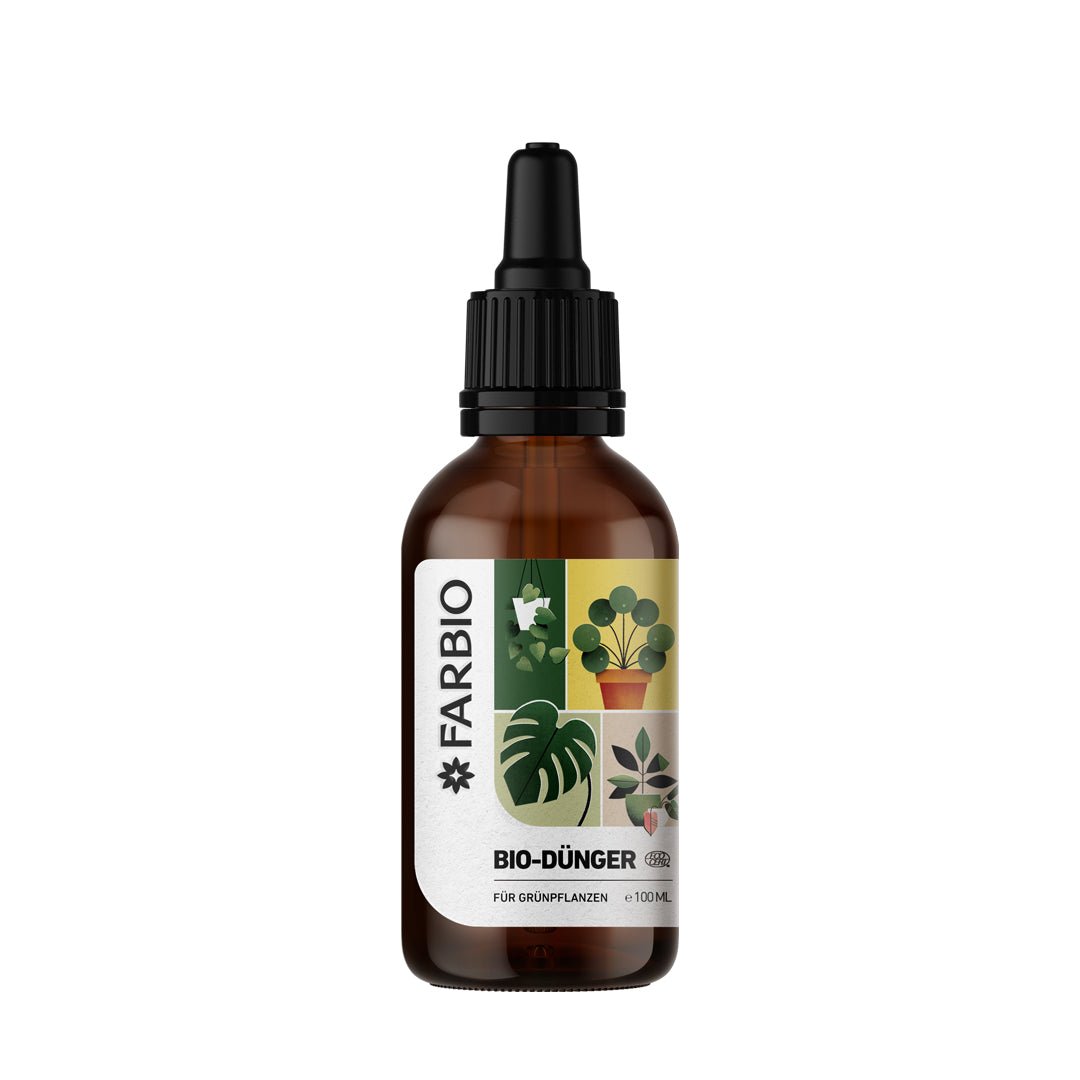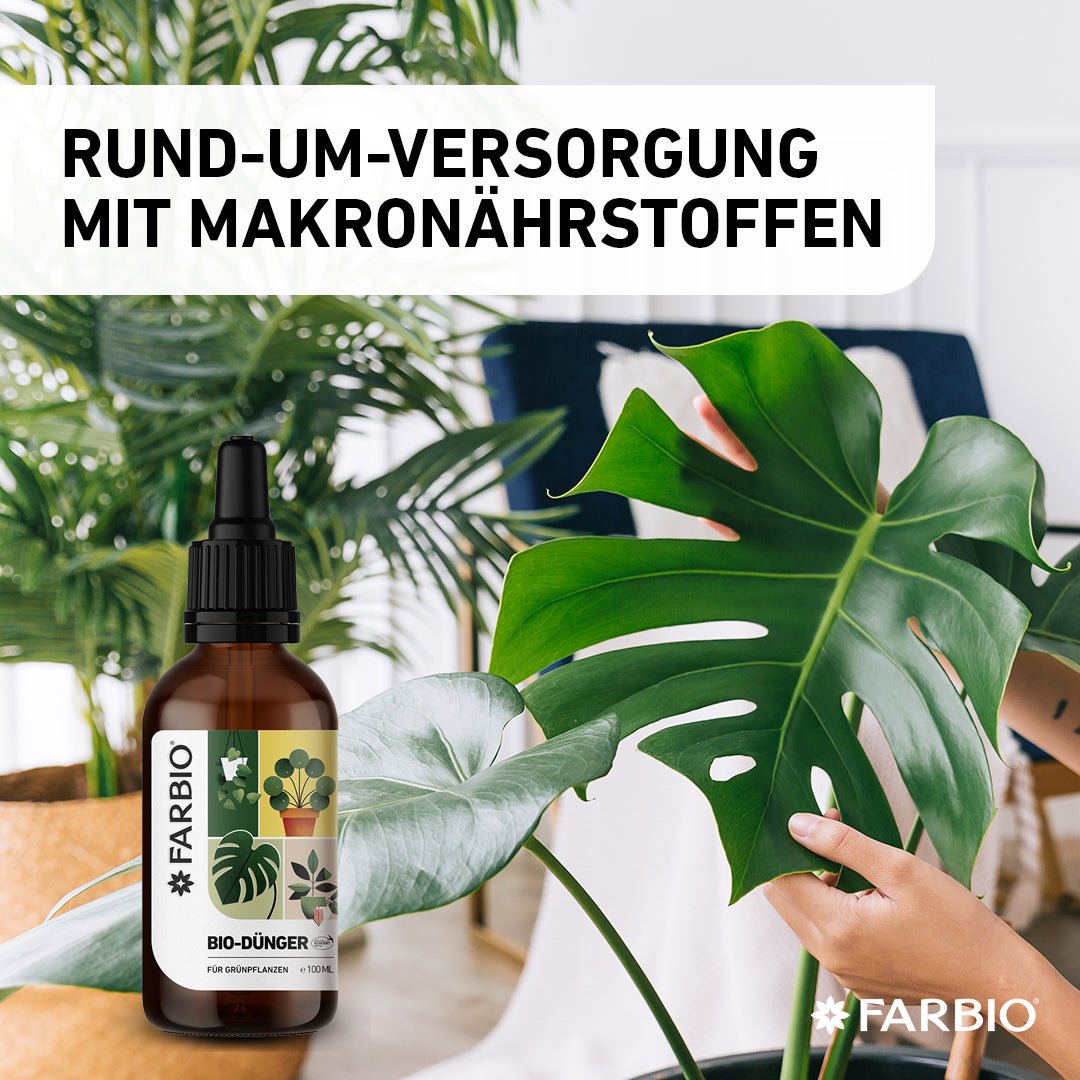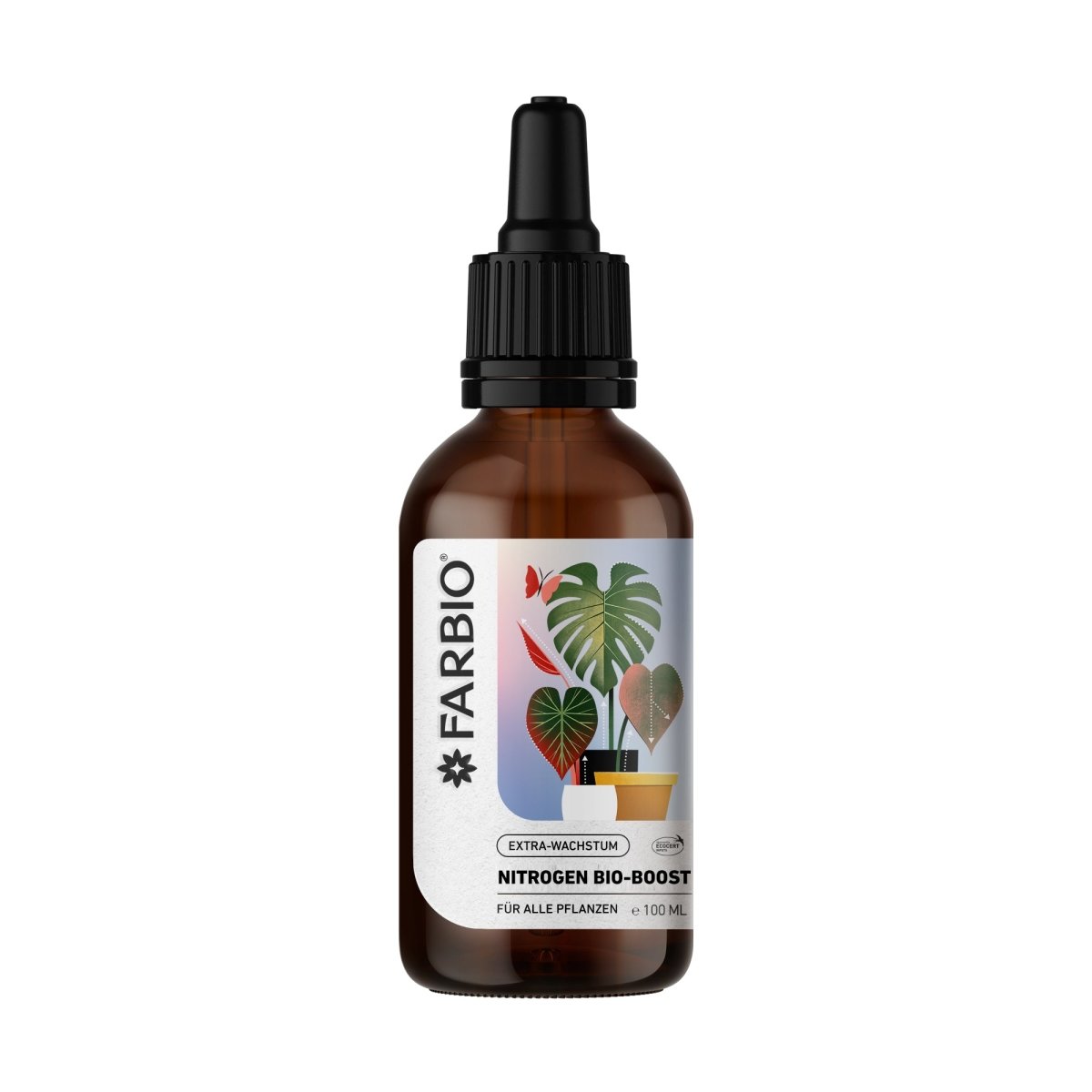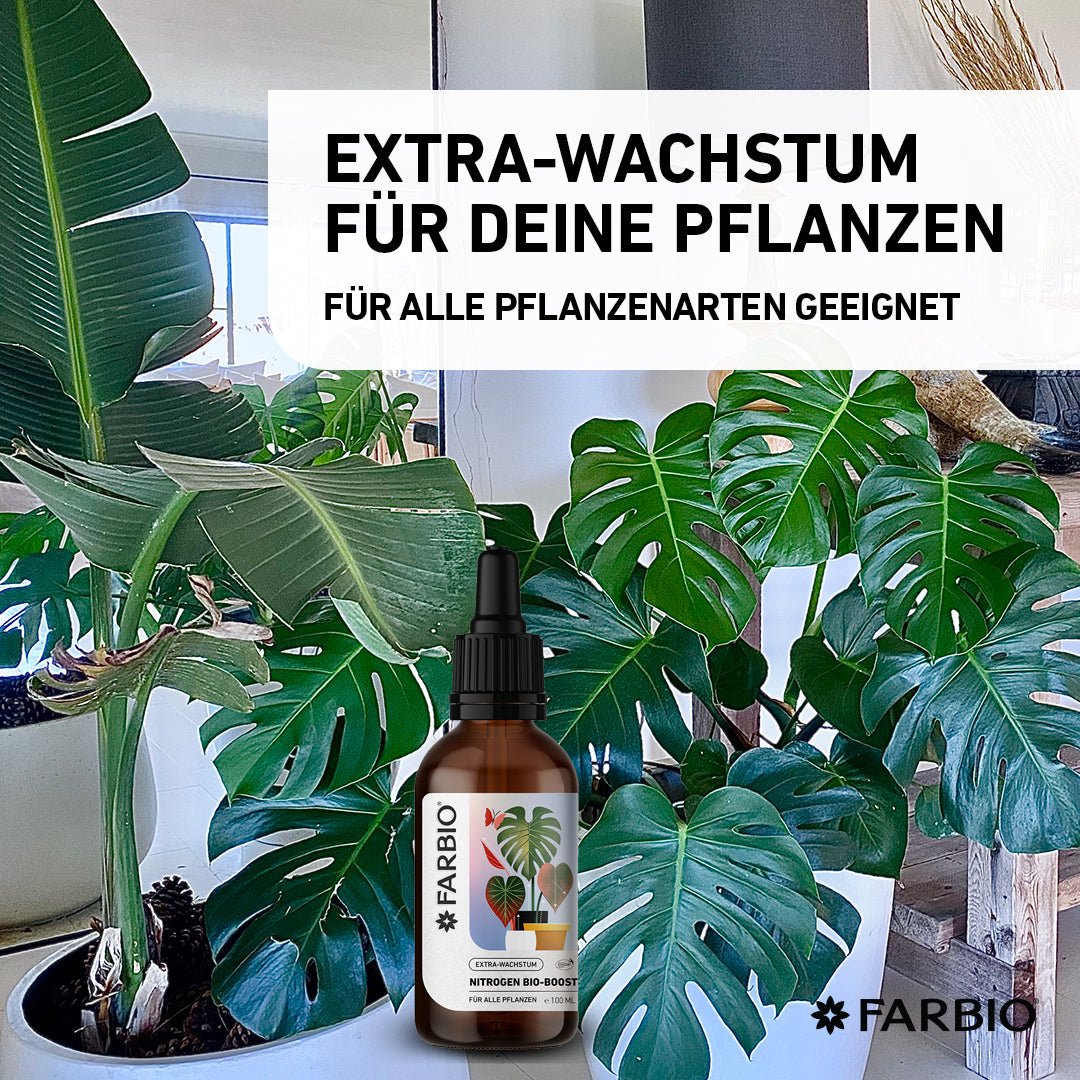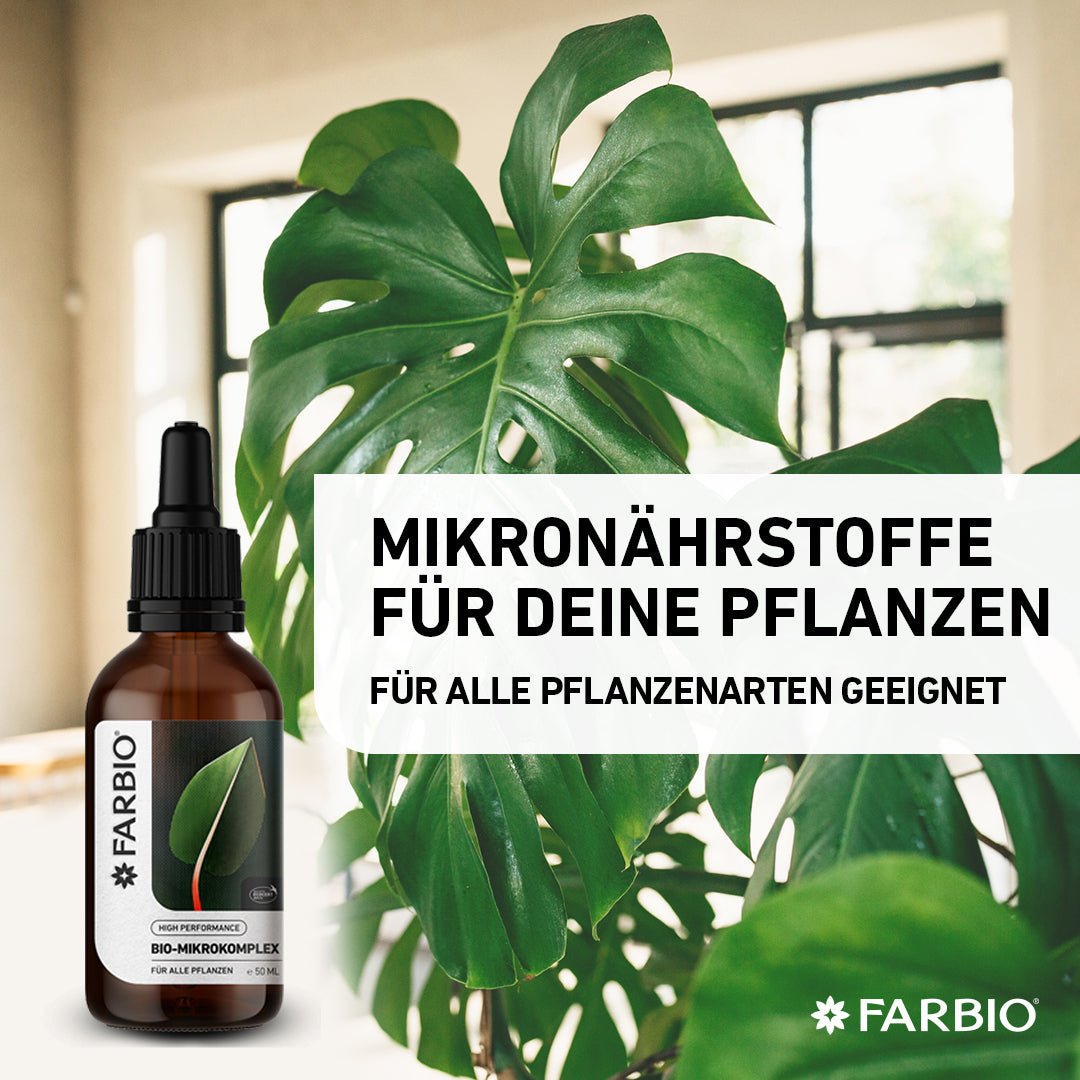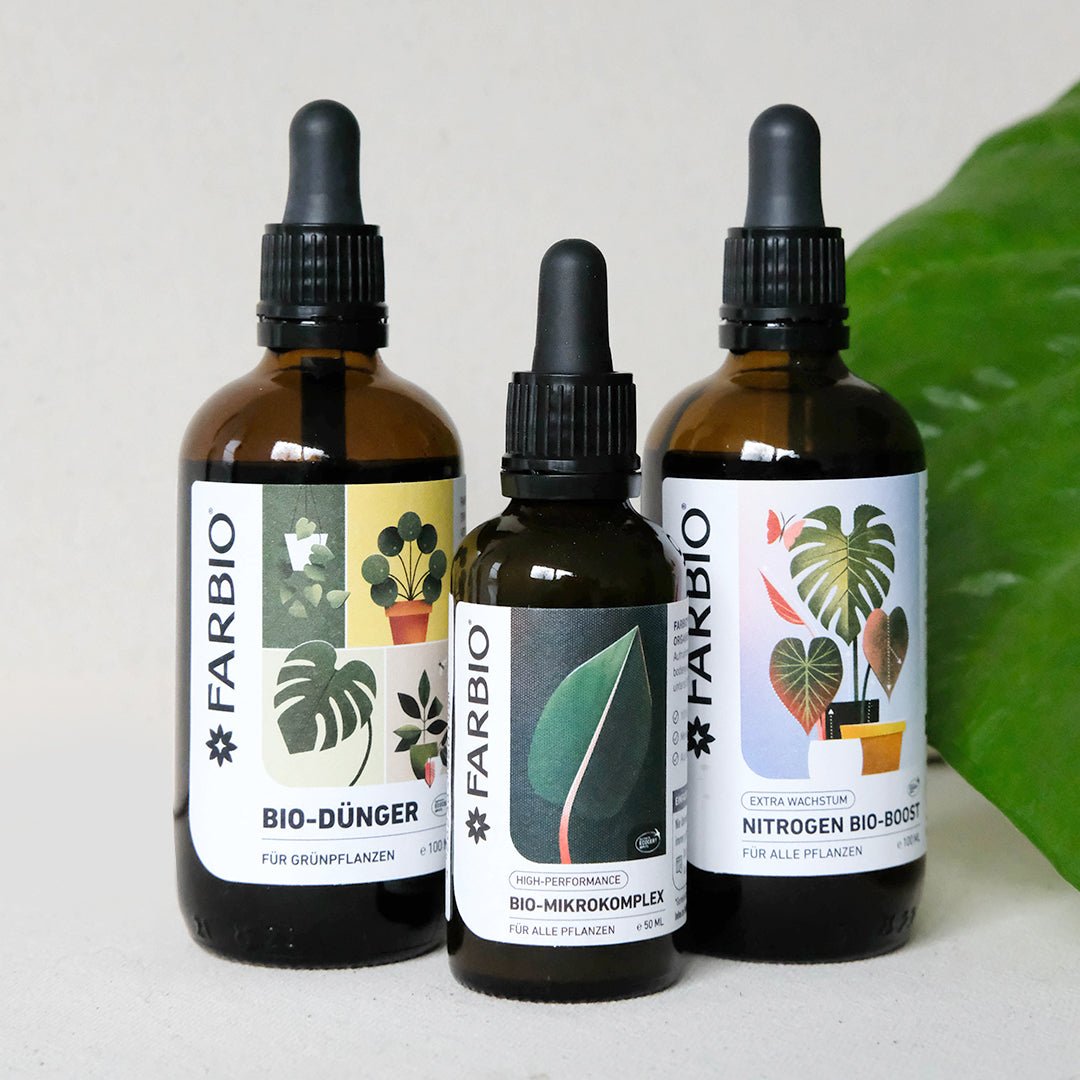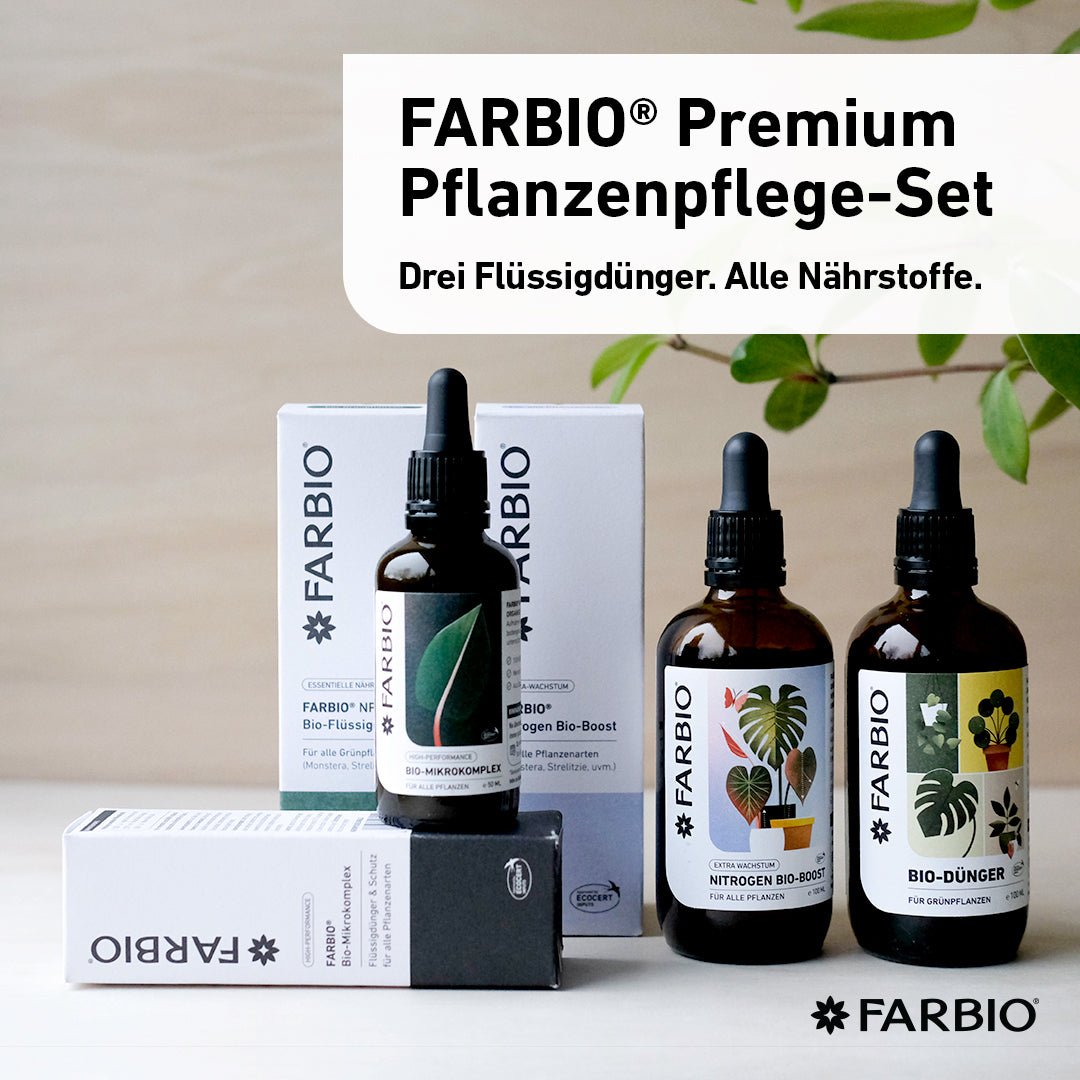Healthy soil forms the basis for successful plant growth. Whether it's indoor plants, on the balcony or in the garden - soil improvement can be crucial to create optimal conditions for root growth. From adding humus in solid or liquid form to loosening compacted areas, there are numerous ways to improve the soil. Targeted soil improvement allows water and nutrients to be absorbed more efficiently, soil life is promoted and plants can grow better and take root in the soil. In this article, we present practical tips for sustainably improving soil and substrates and explain the importance of good garden soil.
Why is soil so important for plants?
The soil or soil substrate plays a crucial role in the growth and development of plants. It is the main supplier of nutrients that are essential for plant growth. The soil also provides mechanical support to plants and allows for root anchoring. In addition, soil affects water holding capacity and availability as it acts as a reservoir for moisture. Soil microorganisms support the breakdown of organic materials and contribute to the formation of humus, which promotes soil fertility. The physical, chemical and biological properties of the soil thus directly affect the growth and health of plants.
Good drainage in the pot
A garden soil should not be compacted: Efficient drainage promotes healthy root growth and prevents waterlogging, which can lead to a lack of oxygen and root rot. To ensure good drainage, several measures should be taken. This includes using soil improvers like compost or biochar to loosen the soil structure.
Good drainage in the pot of houseplants should also be ensured. Always use a pot with drainage holes at the bottom to drain excess water. Place a layer of pottery shards or balls at the bottom of the pot to create a cavity to improve water drainage. Use high-quality potting soil that drains well while retaining water. Add mineral components like perlite or vermiculite to improve drainage and loosen the soil structure. Make sure the pot is not too big to avoid waterlogging.

Improve soil structure for better root growth
In order to improve the soil and soil structure for better root growth in the garden and in houseplants, there are some important information and tips:
- Plants root more easily when the soil is loose - this makes nutrient delivery easier and ensures good growth!
- A good soil should provide roots with nutrients, water and air. Good aeration of the soil is crucial for root growth.
- Check the pH of the soil and adjust if necessary to suit the needs of your plants. Eria plants like acidic soil, most houseplants like slightly acidic to neutral soil.
- Mulching with organic materials such as bark mulch or humus in the soil helps regulate soil moisture and keep soil temperature stable.
Soil improvement in the garden - first determine the type of soil
Overall, there is no universally perfect soil or soil substrate for houseplants as it depends on the specific needs of the plants. It is important to consider the needs of each plant and adjust the soil accordingly. For this purpose, the properties of the garden soil should first be determined in the garden in order to then determine whether soil improvement measures are necessary.
To determine whether the soil is heavy, light, hard or sandy, you can observe various characteristics. Heavy soil is often clayey or loamy and feels sticky and compact. Light soil, on the other hand, contains more sand and feels loose and gritty. Hard soil is usually compacted and difficult to work with. Sandy soil is characterized by its coarse-grained structure and allows water to drain away quickly. By examining soil consistency and observing moisture, texture, and drainage, you can determine soil type and adjust it by incorporating organic materials.

Improvement of the soil substrate of indoor plants
When mixing your plant substrate, it is necessary to evenly adjust the ratio of coarse, medium-coarse and fine materials. You can mix mineral and organic ingredients to get a good base.
Before using your green plant soil, you should make sure it has the right consistency: squash a handful of the substrate. When the substrate falls apart, it's well-drained and your green favorites are ready to be transplanted!
Our FARBIO® organic fertilizer for green plants supports you in caring for your indoor plants! Fertilizing with the main nutrients promotes rapid growth and supports the formation of lush green leaves and magnificent flowers.
The ultimate soil conditioner: humic substances
Humic substances are created by the humification of organic matter in the soil and are therefore components of humus. There are three groups of humic substances namely humins, humic acids and fulvic acids. In contrast to humins, humic acids and fulvic acids dissolve in water and alkalis and are therefore particularly suitable for use as soil conditioners and bio-stimulants.
Enriching the soil with humic substances not only has a positive effect on the structure and nutrient composition, but also optimizes the habitat of the plant and desired microorganisms. This indirectly leads to a promotion of root growth and nutrient uptake.
Humic substances can be mixed directly into the soil in the form of hummus, or you can give humus in liquid form to your houseplants!
Applied directly to the plant, for example as a foliar application, fulvic acids have a hormone-like effect and improve growth while promoting plant enzymes within the plant. As a result, the entire plant is supported and its natural defenses against biotic and abiotic stress are strengthened.



